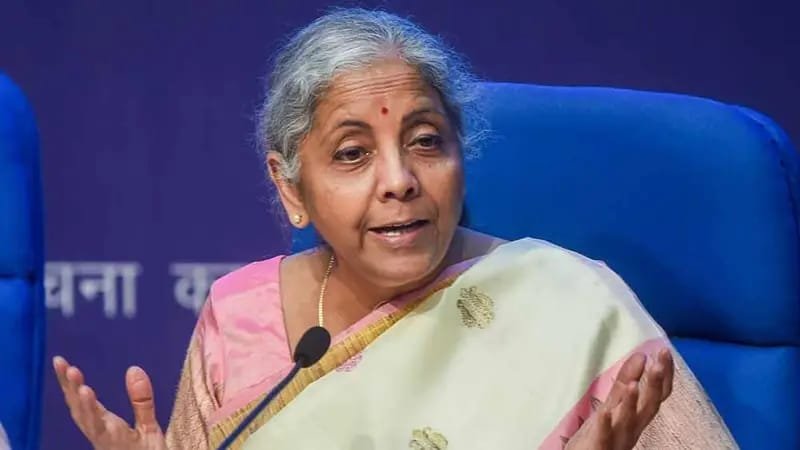Finance Minister Nirmala Sitharaman recently unveiled a comprehensive account in Parliament, highlighting the significant strides made by the government in curbing inflation and boosting employment over the past six years. Her statements underscore a concerted effort to foster economic stability and improve the livelihoods of citizens across India. This essay delves into the various economic measures implemented by the government, dissecting their impact on the unemployment rate and inflation trends, ultimately painting a picture of India’s burgeoning economic resilience.
Unemployment Falls Significantly Over Six Years says Finance Minister, One of the most notable achievements presented by Sitharaman is the substantial reduction in India’s unemployment rate, which plummeted from 6% in 2017-18 to a remarkable 3.2% in 2023-24 for individuals aged 15 years and above. This impressive decline is attributed to a multi-pronged approach focused on job creation and skill development. Key initiatives such as the Prime Minister’s Employment Generation Programme (PMEGP), Aatmanirbhar Bharat Rojgar Yojana (ABRY), and Employment-Linked Incentives for industries have played a pivotal role in stimulating job growth. Furthermore, programs like the National Urban/Rural Livelihoods Missions (NULM/NRLM) and the Mahatma Gandhi National Rural Employment Guarantee Scheme (MGNREGS) have continued to provide crucial support, particularly in rural areas. The government’s commitment to skill enhancement through various Kaushal Vikas Yojanas (Skill Development Schemes) has also been instrumental in equipping the workforce with the necessary competencies for a dynamic job market. Looking ahead, the “Rural Prosperity and Resilience” programme, announced in the Union Budget 2025-26, signals a continued focus on addressing underemployment in the agricultural sector through strategic investments, technology adoption, and targeted skilling for women, youth, and marginal farmers.
Beyond employment, the government has waged a successful battle against inflation, bringing it to a six-year low. Sitharaman detailed a series of proactive measures aimed at stabilizing food prices and managing supply-side pressures. These include the strategic augmentation of buffer stocks for essential food items, facilitating timely imports and imposing export curbs during periods of scarcity, and implementing stock limits to ensure greater market availability of select commodities. The introduction of retail sales of select food items under the “Bharat brand” at subsidized rates has provided direct relief to consumers. Above all, the continued distribution of free food grains to approximately 81 crore beneficiaries under the National Food Security Act has acted as a significant social safety net, insulating a large segment of the population from inflationary pressures on essential food items.
The impact of these measures is clearly reflected in the Consumer Price Index (CPI) data. The average retail inflation rate (year-on-year) witnessed a significant decline from 5.4% in 2023-24 to 4.6% in 2024-25, marking the lowest in six years. The positive trend continued into the first quarter of 2025-26, with CPI further declining to an average of 2.7% and ending the quarter at a remarkable 2.1% in June 2025. Notably, food inflation entered negative territory, recording -1.06% in June 2025, its lowest point since January 2019, signifying a remarkable achievement in managing price volatility in this critical sector.
In addition to direct inflation and employment control, the government has also focused on enhancing disposable income. A key policy in this regard is the exemption of annual incomes up to Rs 12 lakh (and Rs 12.75 lakh for salaried individuals with standard deduction) from income tax. This measure directly puts more money into the hands of individuals, stimulating demand and contributing to overall economic growth.
Unemployment Falls Significantly Over Six Years says Finance Minister Nirmala Sitharaman’s parliamentary address emphasis the robust and multifaceted approach taken by the Indian government to achieve macroeconomic stability. The significant decline in both unemployment and inflation rates stands as a testament to the efficacy of these policies. From targeted employment generation schemes and skill development initiatives to strategic interventions in food supply chains and tax relief measures, the government has demonstrated a clear commitment to fostering a resilient and inclusive economy, ultimately improving the lives of its citizens. The data presented by Sitharaman offers a positive outlook on India’s economic trajectory, positioning it for continued growth and prosperity.

